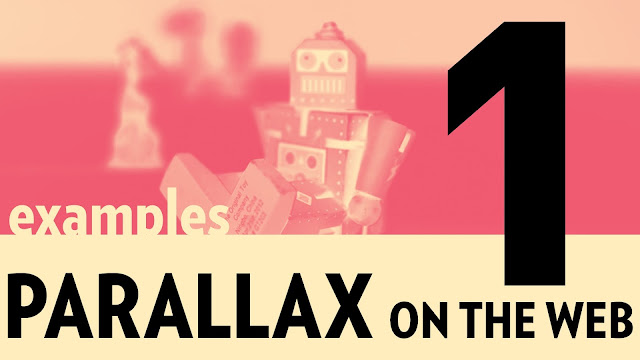What Is Parallax Web Design? – Definitions,
Tips
What Is Parallax Web Design?
The attitude of parallax convolute website design is developing in popularity across the internet,
bringing the user background to a new collective level of online viewing. With web designers
and developers continually collective new ways to make their web continuation more engaging
to their sites’ visitors through engaging figure and performance, parallax cloud has taken hold
as the new bound of user experience.
bringing the user background to a new collective level of online viewing. With web designers
and developers continually collective new ways to make their web continuation more engaging
to their sites’ visitors through engaging figure and performance, parallax cloud has taken hold
as the new bound of user experience.
What Is Parallax Design?
The term “parallax” first came from the visual effect of 2D side scrolling video games that used
different background image action speeds to create the deceit of depth during gameplay.
This was generally done by making the background of the game move slower than the
foreground in order to make it seem another away. This same concept applies to parallax
site design in which the background of the website moves at a different speed as the rest
of the page for an breathtaking optical effect that allows for uncounted creative action for
online storytelling.
different background image action speeds to create the deceit of depth during gameplay.
This was generally done by making the background of the game move slower than the
foreground in order to make it seem another away. This same concept applies to parallax
site design in which the background of the website moves at a different speed as the rest
of the page for an breathtaking optical effect that allows for uncounted creative action for
online storytelling.
Parallax design gives websites a great opportunity to:
- Wow viewers with page depth and animation.
- Take a storytelling approach to guide visitors through the site.
- Make visits to the page last longer by promising visitors to scroll throughout the page.
- Aggravate interest.
- Direct visitors to calls to action.
- Strengthen the credibility of the website with an innovative collective visualization.
The Downsides to Parallax Website Design
With all these benefits of parallax site design, there are also several disadvantages of
having a parallax site. Most of these problems branch from the fact that most parallax
websites only have a single long page that is acutely detrimental to the SEO of the site,
as well as to the speed of the upload. These are some of the negative attitude of using
the parallax displacement design:
having a parallax site. Most of these problems branch from the fact that most parallax
websites only have a single long page that is acutely detrimental to the SEO of the site,
as well as to the speed of the upload. These are some of the negative attitude of using
the parallax displacement design:
- SEO is a success, single-page websites allow only a set of meta-information, an
- A ton of images and other information on a page cause slow loading times, causing
- It is not compatible with the receptive and mobile design
- No internal page that links through the website
Tips for a Successful Parallax Site
Some other things to keep in mind when designing a parallax website are:
- Do not exaggerate so your site is too complicated
- Use it to tell a visual story
- Make it fun and beautiful with depth using layers
- Emphasize calls to action by directing the visitor through the site
- Account for older browsers and mobile browsing
By : Web Designing Training in Chandigarh












